For five-days “Fighting Inequality” conference (May 2015) participants critically considered ways, then and now, that working-class people experience and struggle against class inequality. One of the conference’s highlights was the session, “Fighting Inequality through Teaching, Scholarship and Activism: A Roundtable Discussion on the Career of Jim Barrett” where panelists shared ways that Barrett’s contributions to the field of labor and working class history offer an inspiring model of how to balance scholarly excellence with civic engagement.
Adam Hodges, in “’Americanization from the Bottom Up’: James R. Barrett’s Framework for Interethnic Class Formation in the Late 19th and Early 20th Century U.S.,” examined Barrett’s understanding of class formation and the place of race and emotion within workers’ experiences. Tracing Barrett’s scholarship, from “Americanization from the Bottom Up: Immigration and the Remaking of the Working Class in the United States, 1880-1930,” Journal of American History 79 (December 1992) to The Irish Way: Becoming American in the Multiethnic City (New York: Penguin, 2012), Hodges argued that Barrett’s focus on workers themselves rather than elites reveals “strands of continuity” within and between ethnic and racial groups in a chain of generations between the nineteenth century and today. Hodges demonstrated ways that Barrett’s attention to emotion in class identity builds upon the work of Edward P. Thompson and Herbert Gutman and opens a study of class experience that “promotes human links across time and embeds itself into a continuity, rather than destruction, of memory.”

Jason Kozlowski, in “Work and Community in a College Town,” described Jim’s community outreach as an “innovative model for public intellectualism for scholar-activists interested in affecting meaningful social change in the twenty-first century.” Through the Illinois Odyssey Project, Jim works with other University of Illinois faculty to teach low-income community residents academic subjects and practical writing and critical thinking skills at a local library. Through the experience, Jim became an even better teacher, taking into account students’ lives and the daily challenges they faced. On campus he worked in solidarity with various worker groups to win union rights, improve work conditions, and build community. His work in support of graduate students’ union efforts is particularly noteworthy and courageous. Kozlowski described a typical scene from the GEO’s 2006 and 2009 contract negotiations: “And in this garrulous, gargantuan picket line of thirty or so people, invariably there would be Jim, indistinguishable from and chatting among others as we marched before he took the megaphone to address the crowd in support of graduate students—his graduate students—to procure some semblance of a better, more secure life for themselves and often their families.” Kozlowski explained that “Jim demonstrated deeply rooted convictions in social justice and empowerment for everyone, equally and with equal fervor, regardless of their access to the power and privileges that University life can offer.” For Kozlowski, Jim’s practical commitment “in word and deed” to empowering working people served as an invaluable model for what is possible in ourselves and for our communities and coalitions.
In “How James R. Barrett Made Me an Historian,” Randi Storch explained how Jim’s teaching, scholarship and commitment to empowering working-class people was personally transformative for her and how his mentorship resonates over a decade later. Jim taught his students the importance of community building, a lesson that sustains many in the sometimes alienating world of academia. He drove students to conferences, seminars and memorials, helped organize LAWCHA, and supported graduate student union drives. Jim made it clear that his was not just an intellectual commitment to social justice for people of a century past. During Storch’s time at Illinois, Jim showed a genuine respect to workers’ efforts on and off campus, especially during the formation of the GEO and the struggle of the Staley workers in Decatur, Illinois. His support helped students, such as Storch, fully commit to the work of organizing graduate employees and supporting Staley workers. These experiences and Jim’s example challenge traditional models of graduate preparation, but were invaluable for paving the way for her to establish a productive and empowering life as a teacher-scholar.

Shel Stromquist provided the final commentary and observation that “an authentic understanding of working-class agency has been key to Jim’s scholarship, refracted through his own agency as a teacher/activist and interpreter of the past.” Such an understanding has meant that Jim’s work always has a sense of the “unanticipated, the circumstantial, the contradictory, and the incomplete when talking about history and class.” Stromquist reflected on the significance of Chicago in grounding and in shaping Jim’s scholarship from Work and Community in the “Jungle” through to the newest project he and Jenny are working on Chicago: A Racial and Ethnic History. In the end, Stromquist described Jim’s history and social justice work as, “ceaseless in its commitment to humane values, even in that deep darkness that comes before dawn. And that dawn seems ever beckoning.” Stromquist reminded us all that “Jim’s life and work is filled with such new beginnings that point a path through the brambles and rugged terrain we often encounter toward the promise of a better future.” He shared the gratitude of us in the room as he thanked Jim for being a “trusty and inspiring guide through it all.”

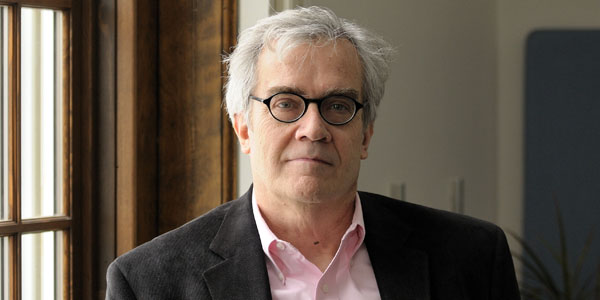

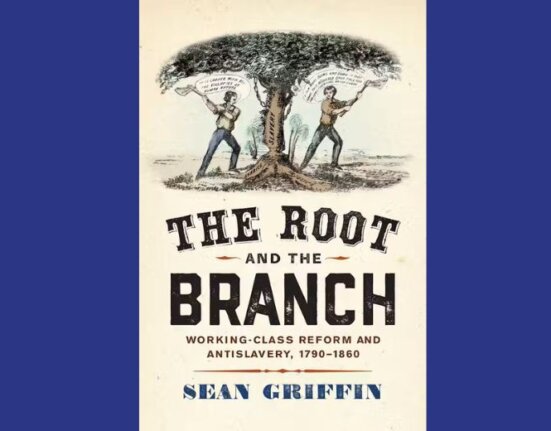
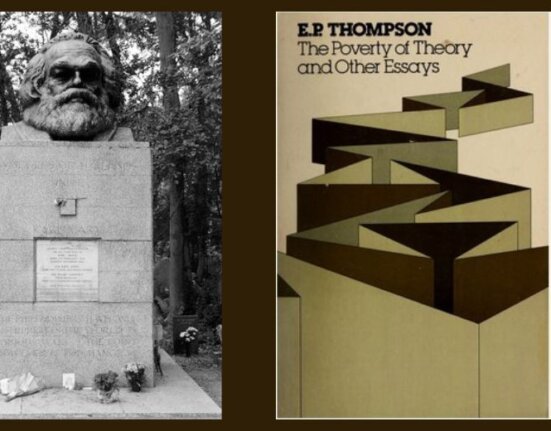

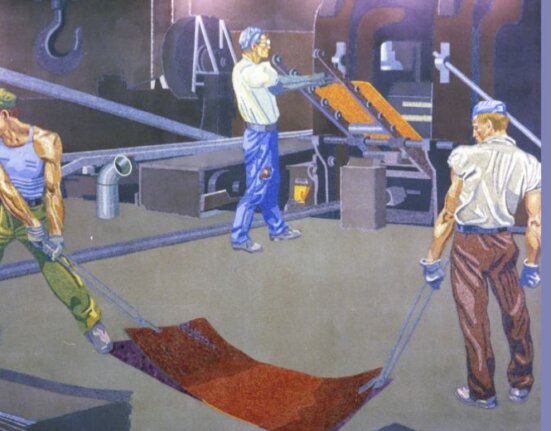
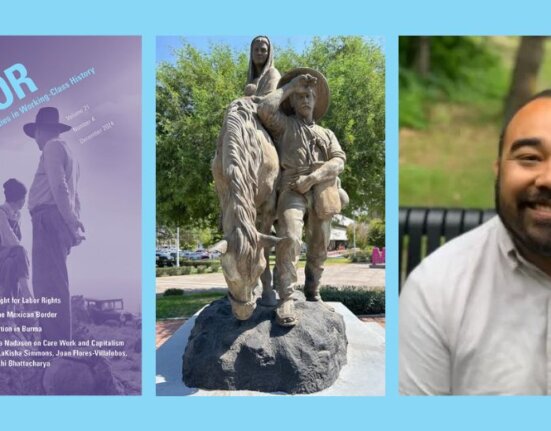
1 Comment
Comments are closed.